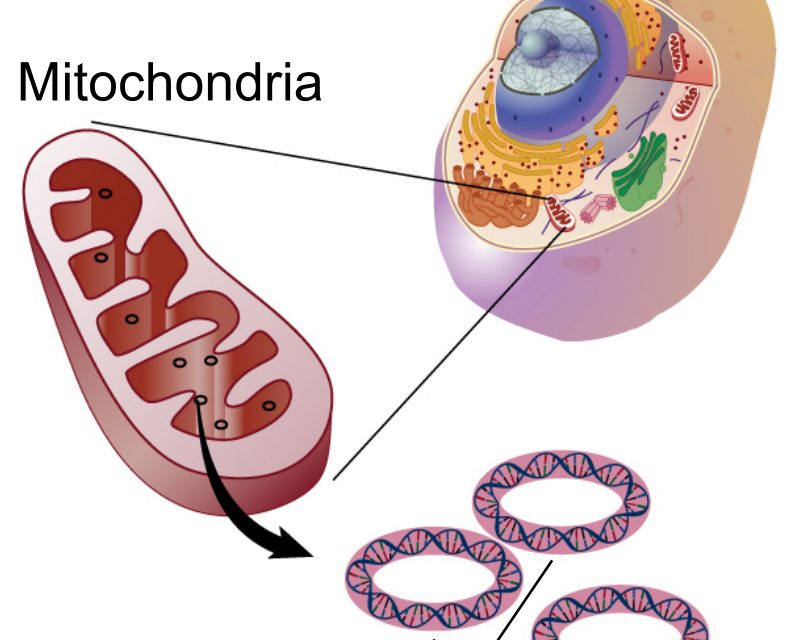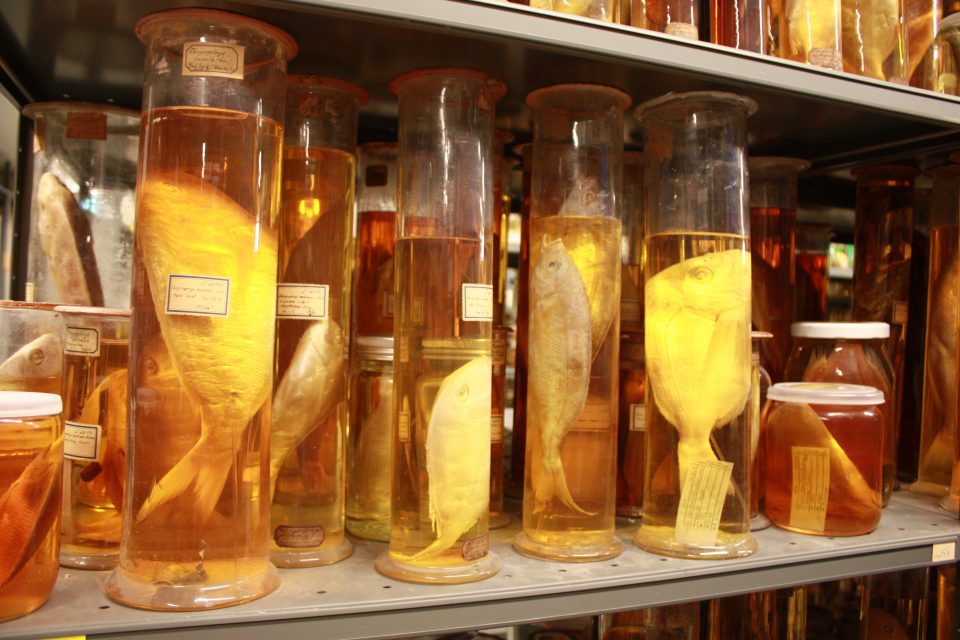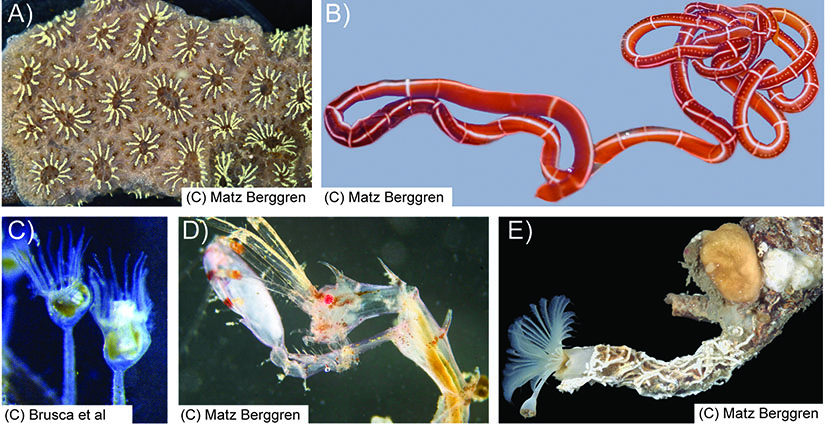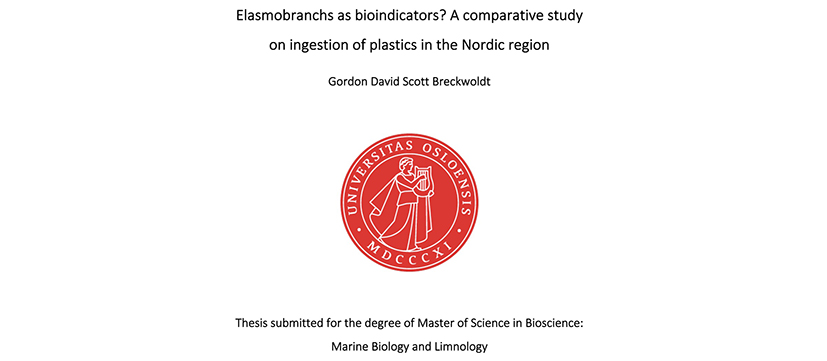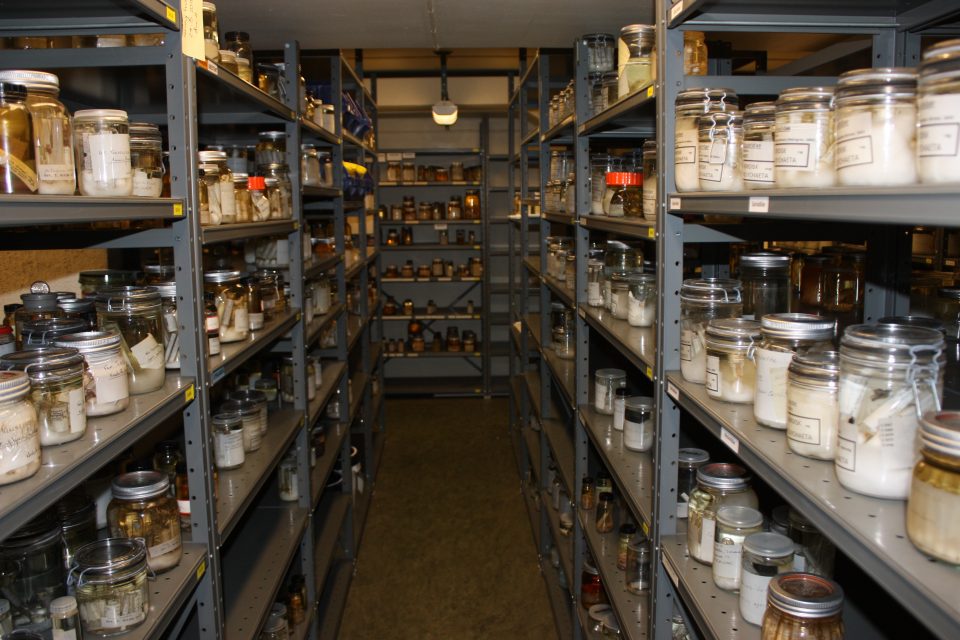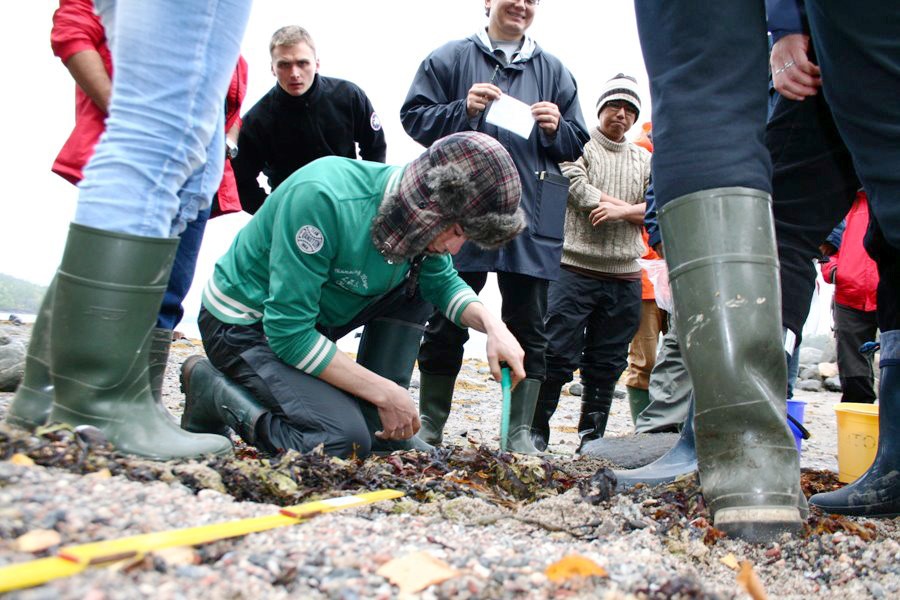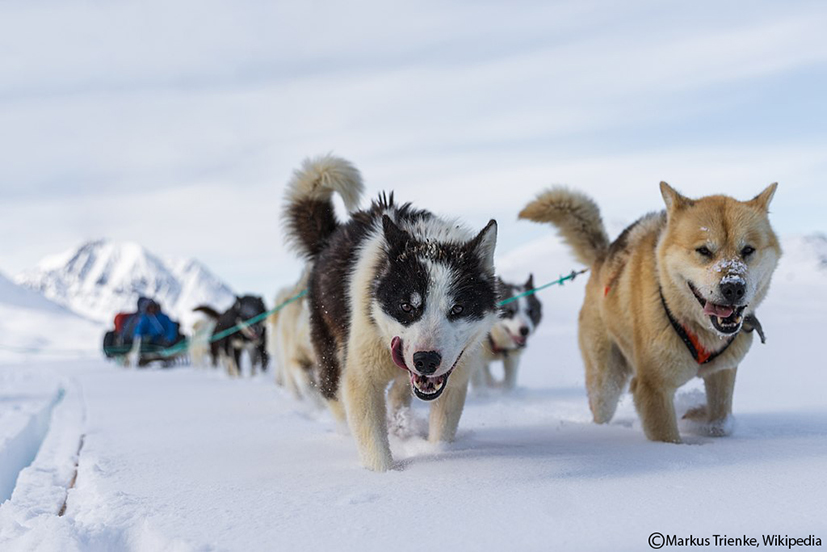
Never Cry Wolf
Mikkel Sinding did a joint (cotutelle) PhD at the Natural History Museums Copenhagen and Oslo. Øystein and Lutz were his supervisors on the Norwegian side. Mikkel defended his thesis entitled “Never Cry Wolf-The origin and genomic history of the indigenous Greenland dogs and wolves” in December 2017. Since […]


